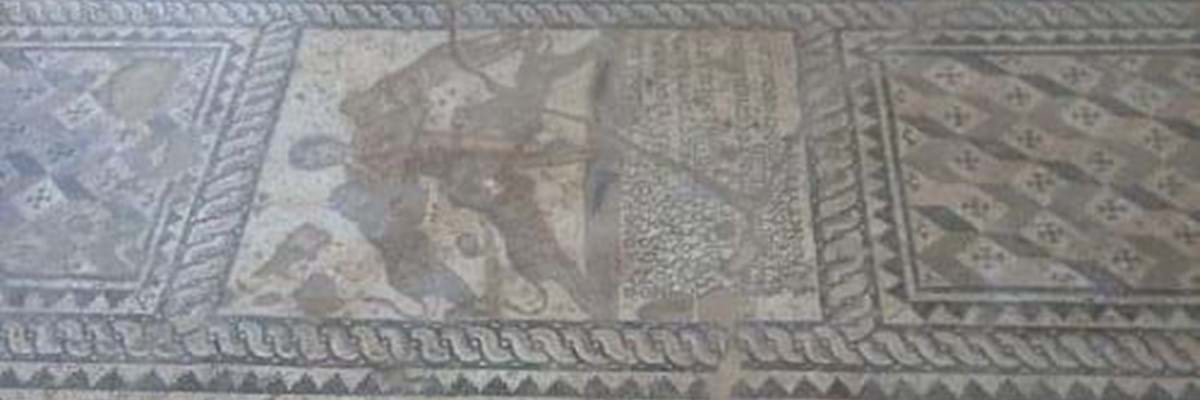Contained within a glass and wooden structure over the remains of a small Roman villa on a path above Skala beach are a group of remarkably well-preserved historic mosaics.
A popular place to go in Skala, the villa has six rooms, four with mosaic floors, and a courtyard. The mosaics are a combination of pictorial and geometric designs and a dramatic one in the main hallway, signed by the supposed creator Krateros, includes a depiction of Fthonos, the spirit of envy, being attacked by four wild cats.
Another surface shows a ritual sacrifice, featuring two figures either side of an altar along with a bull and other animals to be slaughtered. An inscription details the gods to be honoured by the ceremony. A small walkway around the villa allows visitors to see the mosaics from three angles.
The site is signposted from the town of Skala and reached by a steepish path. Entry is free and there are displays explaining the history of the villa but it is usually closed one day a week, so it’s worth checking before making a special journey.
The villa, dating to the third century AD, once belonged to a wealthy Roman. A Christian church had been built over part of the site but was destroyed by fire. The remains of the home’s walls and floors were discovered by chance in 1944 by the landowner and excavations started in 1957.
Much of the village of Skala had to be rebuilt after the destruction wreaked by the earthquake of 1953 and it has a selection of restaurants and shops, as well as a popular 3km Blue Flag beach of sand and pebbles, offering both relaxing areas with loungers and parasols for hire and a watersports centre and diving school.



